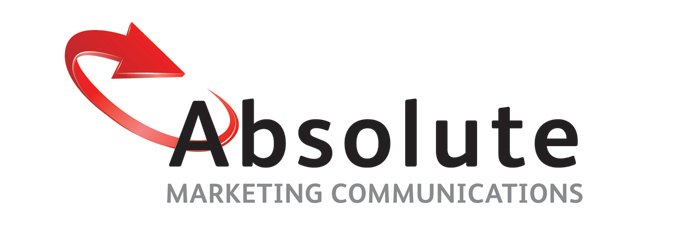There has been such an evolution when it comes to the creation of ads, especially in print. I was recently researching ads to see what was happening out in the market place and was amazed by the contrast between ads of various companies. Thinking about my own experience in advertising, I realised that the variation in advertising often comes down to the person signing off on the ad before it goes to market.
In my experience, there are two types of print advertising: informational and graphic. A lot of ads are high in written content often communicating all the attributes of a product or company in a single ad. The graphic ads usually have an amazing graphic that tells the story. These I find are the ads that usually stand out in my mind. There are so many avenues that consumers can explore to get more information on a product that it hardly seems worth writing an essay of copy for an ad that may gain 5 seconds of attention.
Don’t get me wrong, copywriting is important but we just need to know where to draw the line. Consumers can often visit a website or call customer service for more information on a product that its often not necessary to add all that information in an ad. I believe that valuable time should be spent on developing a great tagline and graphic representation to tell the story.
A great example of this is an ad I found for Burger King. Their ad was a whopper sitting in a too small Big Mac box with the tagline: ‘Silly Whopper, that’s a Big Mac box.’ It was simple but it got the message across in a few words. There was no need to explain the size comparison between the two burgers. The graphic and the simple tagline did it all.
Quite often its not just about whether to have all that information but whether there is space for it. A few years ago I worked on an ad for a product that came in 10 colours. While working with the graphic designers we decided that it made more sense to have a graphic of the product in each colour rather than have each colour listed in the ad. It made the ad more visually appealing as well as less text heavy.
If you’re fortunate enough to work in an organisation that has in-house designers you often have the luxury of being able to come up with a couple of variations of an ad to see what is more visually appealing.
So next time you're working on an ad ask yourself: 'Would I stop to look at this ad?'
